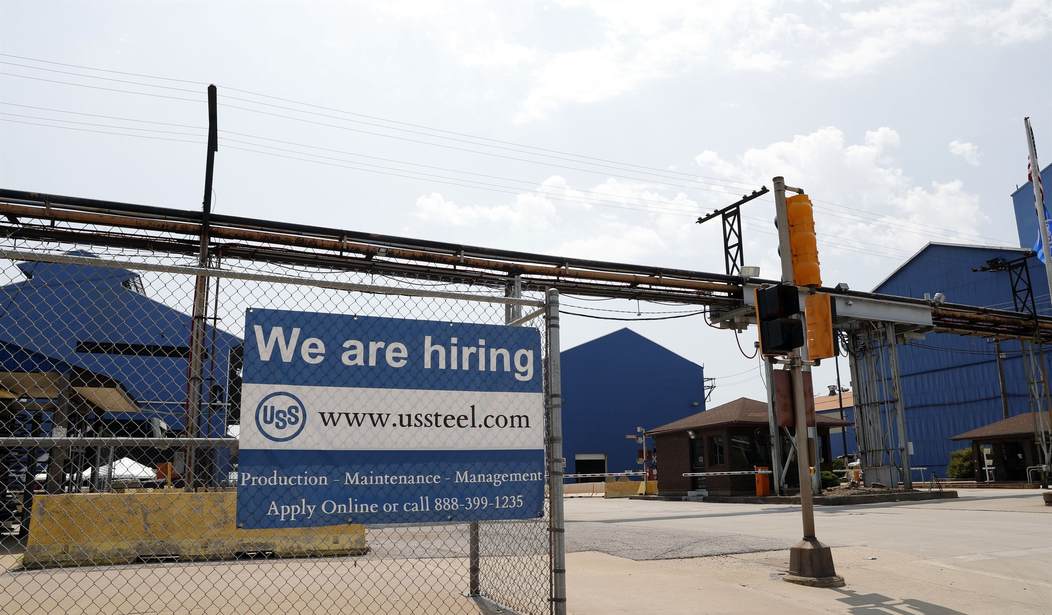The latest unemployment numbers came out this morning and while the news isn’t triggering a new crisis, it’s still not good. The previous week saw 351,000 new jobless claims, which was considerably higher than had been anticipated. This week, economists had predicted that the number of new unemployment claims would drop a bit to 335,000. Instead, they rose yet again, with 362,000 filing for initial benefits. So what’s holding the anticipated recovery of the economy back? People at the White House are still throwing up their hands and blaming everything on the coronavirus. Why not, right? That’s the excuse for everything that happens these days. (NY Post)
The number of Americans newly seeking jobless benefits unexpectedly rose last week even as the summer surge in COVID-19 cases driven by the Delta variant appears to have peaked and begins to decline, the feds said Thursday.
Initial filings for unemployment benefits, seen as a proxy for layoffs, rose to 362,000 last week, up 11,000 from the prior week’s level of 351,000, according to data released Thursday by the Labor Department.
Economists surveyed by Dow Jones expected to see weekly new claims drop to 335,000.
Weekly new claims have fallen substantially from the 2020 peak of about 6.1 million new claims in a single week, but remain above pre-pandemic levels.
Weren’t we supposed to be “turning the corner” by now? This makes three consecutive weeks of increasing jobless claims when the experts had been predicting that the number should be going down. There are still huge numbers of unfilled jobs out there, leading some to describe the current period as a labor shortage or even a labor crisis. So how do we still have so many new unemployment claims?
At this point in 2019, the number of new unemployment claims per week was averaging barely 200,000. It went way up in 2020 for obvious reasons while vast sections of the economy were shut down. But nearly every place is opened up again or in the process of doing so. Something here just doesn’t track.
For a while, we could blame this on the federally enhanced unemployment benefits. Those obviously kept a lot of lower-wage workers at home on the couch. But those enhanced benefits have largely run out in most places. Of course, there is one other possible culprit we could look at. The employer vaccination mandates pushed by the White House are already starting to kick in for many workers or they will be soon. Workers in a variety of professions ranging from law enforcement to healthcare have been resigning rather than taking the vaccine. Granted, the numbers have tended to be relatively small for each individual employer, but we’re only talking about a bit less than 30,000 more claims than were expected across the entire country. Could that be feeding into this trend?
No matter what combination of factors is leading to this situation, one thing remains clear. These numbers are still going in the wrong direction and our expected economic recovery has remained at a pace that could generously be described as “sluggish.” We can’t just keep blaming the virus forever because the virus is going to be with us forever. Thus far, the leadership in this administration hasn’t done much to inspire confidence and we’re going to need to see some serious improvements if we ever hope to “build back” to what we saw during the Trump administration before the pandemic hit.








Join the conversation as a VIP Member